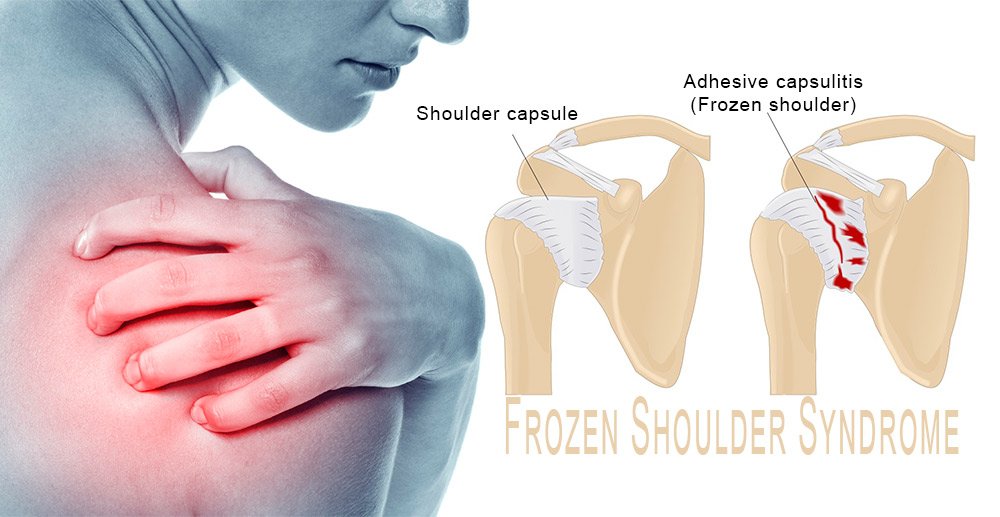
Our shoulders are remarkable structures, capable of a wide range of movements. Yet, they are also prone to injuries that can limit our daily activities and cause pain. In this comprehensive blog, we will explore everything you need to know about shoulder injuries – from what causes them to how they can be treated and, most importantly, how you can prevent them.
I. Introduction
A. The Importance of Shoulder Health
Our shoulders are vital for daily activities, from lifting objects to reaching high shelves. Maintaining shoulder health is crucial for an active lifestyle.
B. Significance of Discussing Shoulder Injuries
Understanding shoulder injuries helps us identify risks and seek timely treatment, ensuring a quicker recovery.
C. Purpose of the Blog
This blog aims to provide valuable insights into the causes, types, treatment options, and prevention strategies for shoulder injuries.
II. Anatomy of the Shoulder
A. Overview of Shoulder Structure
We’ll start by exploring the complex anatomy of the shoulder, including bones, joints, muscles, and tendons.
B. Key Components
Understanding the key components helps us appreciate the versatility of our shoulders.
C. Function of the Shoulder
We’ll delve into how the shoulder functions in various daily activities and why it’s essential to keep it in good shape.
III. Common Causes of Shoulder Injuries
A. Traumatic Injuries
- Falls
- Accidents
- Sports-related injuries
B. Overuse Injuries
- Repetitive motion
- Poor posture
C. Age-Related Wear and Tear
- Osteoarthritis
- Degenerative conditions
IV. Types of Shoulder Injuries
A. Rotator Cuff Injuries
We’ll explain what rotator cuff injuries are, how they happen, and the associated symptoms.
B. Frozen Shoulder (Adhesive Capsulitis)
An in-depth look at the causes, symptoms, and treatments for frozen shoulder.
Check Explanation Video by Our Doctor: Watch Here
C. Shoulder Impingement Syndrome
Understanding the factors that contribute to shoulder impingement and the available treatment options.
D. Labral Tears
Exploring labral tears, their symptoms, and the role of the labrum in shoulder stability.
E. Fractures and Dislocations
What happens when bones in the shoulder are injured? We’ll provide insights into fractures and dislocations.
V. Symptoms and Diagnosis
A. Common Shoulder Injury Symptoms
Recognizing the signs that your shoulder may be injured.
B. Physical Examination
How healthcare professionals conduct physical exams to diagnose shoulder injuries.
C. Imaging Tests
Understanding the role of X-rays, MRI, and CT scans in diagnosing shoulder injuries.
D. Arthroscopy
A brief overview of the minimally invasive procedure used to diagnose and treat shoulder issues.
VI. Treatment Options
A. Conservative Treatments
- Rest and activity modification
- Physical therapy
- Medications
B. Minimally Invasive Procedures
- Steroid injections
- Platelet-rich plasma (PRP) therapy
C. Surgical Interventions
- Arthroscopic surgery
- Open surgery
D. Rehabilitation and Recovery
Tips for a successful recovery after shoulder injury treatment.
VII. Preventing Shoulder Injuries
A. Proper Warm-Up and Stretching
How warming up and stretching can help prevent shoulder injuries.
B. Correct Posture and Ergonomics
The role of good posture in shoulder health and ergonomics in preventing workplace injuries.
C. Strengthening Exercises
Effective exercises to strengthen the shoulder muscles and prevent future injuries.
D. Avoiding Overuse and Repetitive Movements
Understanding the importance of moderation and variation in activities.
E. Protective Gear
Why protective gear is essential for sports and activities that involve shoulder strain.
VIII. Living with a Healthy Shoulder
A. Long-Term Care and Maintenance
Tips for maintaining shoulder health throughout life.
B. Avoiding Re-Injury
How to prevent re-injury and protect your shoulder after recovery.
C. Lifestyle Modifications for Shoulder Health
Small changes in your lifestyle that can have a significant impact on your shoulder’s well-being.
IX. Conclusion
A. Recap of Key Points
A summary of the essential takeaways from the blog.
B. The Importance of Early Intervention
The significance of seeking early treatment and following preventive measures.
C. Empowering Individuals to Protect Their Shoulder Health
Encouragement for readers to take charge of their shoulder health and make informed choices.
With this comprehensive guide, you’ll be equipped with the knowledge and understanding needed to safeguard your shoulders and enjoy a life free from the limitations of shoulder injuries.





